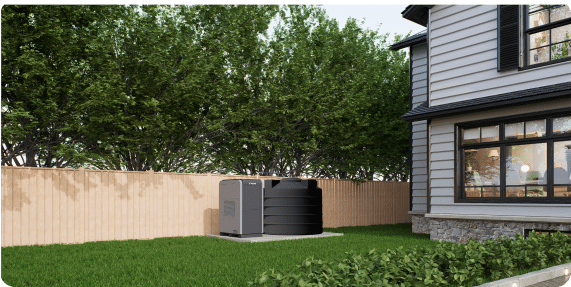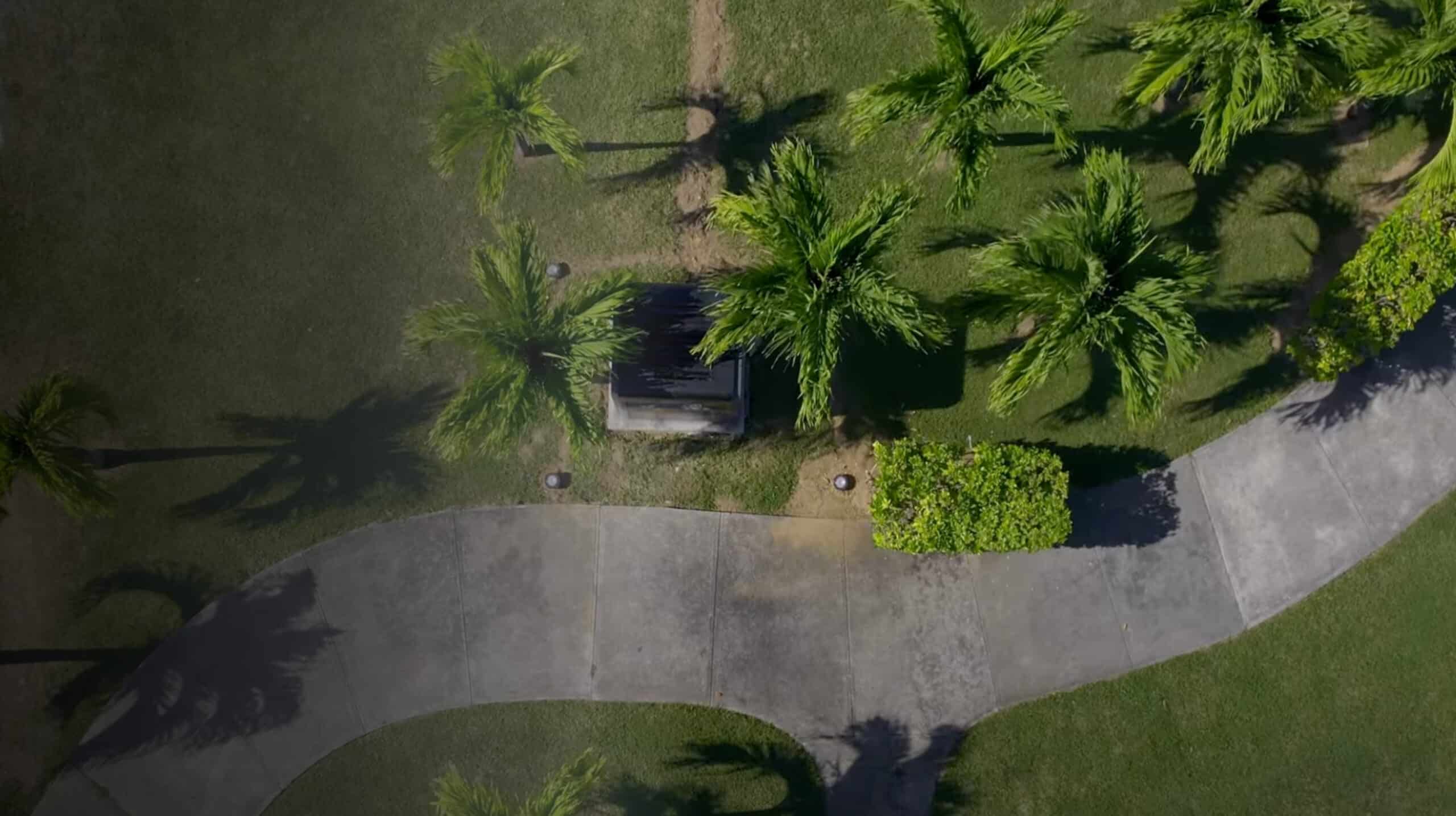Off-Grid Water Systems: Overcoming Quality Challenges

Living off the grid is an adventure that can come with its own unique set of challenges. This is especially the case when it comes to ensuring a reliable water source.
In this blog post, we’ll discuss the common water quality issues faced by people with off-grid water systems and provide solutions to ensure safe and clean drinking water.
What are Off-Grid Water Systems?
Before we delve into water quality issues, it is crucial to understand what off-grid water systems are.
Off-grid water systems are water supply systems that are not connected to a public water supply or municipal water system. They are generally used in rural areas or remote locations, such as cabins or farms, where access to a public water supply is limited or non-existent.
They can be classified into two types: surface water systems and groundwater systems. Surface water systems collect water from rivers, lakes, and streams, while groundwater systems rely on water wells.
Common Water Quality Issues in Off-Grid Systems
When living off-grid, you rely on different sources of water, such as rainwater, surface water, and groundwater. These sources are not always reliable, and they can be contaminated with various pollutants.
Water quality issues that you may face when living off-grid include:
- Water Source Contamination
One of the most common water quality issues is water source contamination. This can occur due to a variety of reasons, including nearby agricultural or industrial activity, animal waste runoff, or human waste contamination.
- Microbial Contamination
Another common water quality issue is microbial contamination. Bacteria, viruses, and other microorganisms can enter the water supply in a variety of ways via animal or human waste or contaminated soil.
- Mineral Buildup and Hard Water
Mineral buildup and hard water are also common issues in off-grid water systems. Minerals such as calcium and magnesium can accumulate in water pipes, causing clogs and reducing water flow. Hard water can also lead to problems with soap scum and can be detrimental to the performance of water heaters and other appliances.
- Sediment and Debris Buildup
Sediment and debris buildup can occur due to factors such as inadequate water filtration, aging pipes, or dirt and debris entering the water supply. This can cause clogs and reduce water flow, leading to low water pressure.
- Low Water Pressure
Low water pressure can be caused by a variety of factors, including clogs in the pipes, inadequate water supply, or issues with the water pump or storage tank.
Identifying Off-Grid Water Quality Issues
The first step in thinking about your off-grid water system is to understand what the weak link is. You need to identify the root cause of your potential water challenge.
For example, is your water source contaminated or inadequate in terms of quantity or quality? Are you using too much water for daily activities, or is there a leak in your system? How far is your nearest water source and what is the topography of your geography? Are you able to build access and storage easily?
Here are common signs of water quality issues:
- Cloudy or discolored water
- Foul odors or tastes
- Presence of sediment or debris
- Unusual or persistent staining of sinks and fixtures
- Signs of corrosion or deterioration of pipes and fixtures
You can consider any of these signs a red flag, so take action and address the issue to protect your off-grid water system.
Solutions to Water Quality Issues in Off-Grid Systems
- Test Your Water
The first step in managing your off-grid water quality issues is to test the water regularly to ensure its safety.
Test your water source before use even if it passes the look, smell, and taste test. There are various water testing kits available, ranging from basic to advanced. Basic testing kits can detect bacteria and minerals, while advanced kits can test for a wider range of contaminants such as lead, arsenic, and pesticides.
You can purchase DIY home water testing kits, bring water samples to a professional testing lab, or use more advanced home testing devices..
If you are getting water off the grid, the best option will be using an at-home testing device. These devices are more sophisticated than DIY kits and can give back a result in a short time period. This will allow you to test and receive accurate feedback in real-time without having to send each sample to a water lab.
- Install a Water Filtration System
Along with testing, it’s important to implement an effective water filtration system. This includes a mix of physical, chemical, and biological filtration methods for purification.
The filtration system best suited for you will hinge on the type of contaminants in your water.
Some common filtration systems for off-grid water systems include:
- Reverse osmosis – removes dissolved minerals, bacteria, and viruses from water.
- Ultraviolet (UV) – kills bacteria and viruses in the water.
- Activated carbon – removes chlorine, pesticides, herbicides, and other chemicals.
- Sediment filters – get rid of larger particles such as sand and sediment.
Additionally, you should always boil your water if your source may be affected by bacteria or viruses. You can purchase different types of water filters on Amazon or Home Depot.
- Secure a Reliable Water Supply
Inadequate and unreliable water supply can be a major off-grid issue. This can happen due to various reasons such as low rainfall, drought conditions, or limited water sources like wells or springs.
To ensure a reliable water plan for off-grid water systems, it’s important to combine conservation efforts with tools to increase your supply:
- Regular Maintenance and Water Usage Limit
One way to conserve water is by using low-flow fixtures and limiting high water usage activities. In addition, you can increase your water supply by collecting rainwater for non-potable uses and using an atmospheric water generator.
It’s also important to repair leaks in your system and properly manage and maintain your water source to maximize its yield.
- Rainwater Harvesting System
In areas with high rainfall, rainwater harvesting can supplement your existing water source. Collecting rainwater can be done by setting up a collection system from rooftops or other surfaces, and storing it in large tanks or cisterns for later use.
It’s a must to ensure that your rainwater collection system is designed properly and maintained to avoid contamination and guarantee a safe water supply. Air pollution, bird droppings, and roofing materials can all contaminate the quality of rainwater.
| Brand | Type | Cost | Pros | Cons |
|---|---|---|---|---|
| RainHarvest | Rainwater Harvesting | $1,000-$10,000 | – Reduces demand on municipal water – Can be used for irrigation or indoor plumbing – Eco-friendly – Can reduce water bills |
– Upfront cost – Requires maintenance – Limited by rainfall |
| Water Harvesting Solutions | Rainwater Harvesting | $2,000-$8,000 | – Can be used for irrigation or indoor plumbing – Durable and long-lasting – Reduces demand on municipal water – Eco-friendly |
– Upfront cost – May require additional treatment for drinking – Limited by rainfall |
| Atlantis Tank Systems | Rainwater Harvesting | $2,000-$7,000 | – Can be used for irrigation or indoor plumbing – Can be installed underground or above ground – Durable and long-lasting – Eco-friendly |
– Upfront cost – May require additional treatment for drinking – Limited by rainfall |
| Brand | Type | Cost | Pros | Cons |
|---|---|---|---|---|
| Sun Pumps | Solar Pumps | $600-$1500 | Runs on renewable energy, low maintenance. | Requires sufficient sunlight, initial installation cost can be high. |
| Flojak | Gravity-Fed Pump | $200-$400 | No electricity required, simple design. | Limited pumping height, low flow rate. |
| Waterbuck | (Ram Pump) | $1,000-$3,000 | Low maintenance, durable and reliable, no electricity or fuel required. | Limited pumping height, requires consistent flow of water. |
- Alternative Off-Grid Water Sources
Other water sources for off-grid systems can include springs, rivers, and groundwater.
Various devices can be utilized to access these, such as gravity-fed water pumps, solar water pumps, water wheels, and ram pumps. The quality of these sources can vary widely and require specialized water filtration and treatment to ensure safety for drinking and other uses.
- Proper Water Storage
It is necessary to choose the right water storage system for your off-grid home.
Long-term storage options like water storage tanks and cisterns come with a high price and ongoing maintenance requirements. On the other hand, portable water containers such as jugs or barrels are suitable for short-term storage or for transporting water from a remote source.
To learn more about storage options, you can read up on Aquaria’s water storage guide here.
Conclusion
In conclusion, creating a comprehensive and robust off-grid water system requires consideration of factors such as supply, safety, and reliability. A typical setup may include a water tower, a purification/filtering device, a water quality testing device, a rainwater harvesting system, or an atmospheric water generator.
While there are many other devices that can be used to enhance the system, this setup provides a good starting point for reliably maintaining a supply of clean and safe drinking water in any off-grid area. Carefully research and plan your system to guarantee that it meets your needs and is reliable for the long term. Subscribe to our newsletter for the latest off-grid atmospheric water generation technology.


